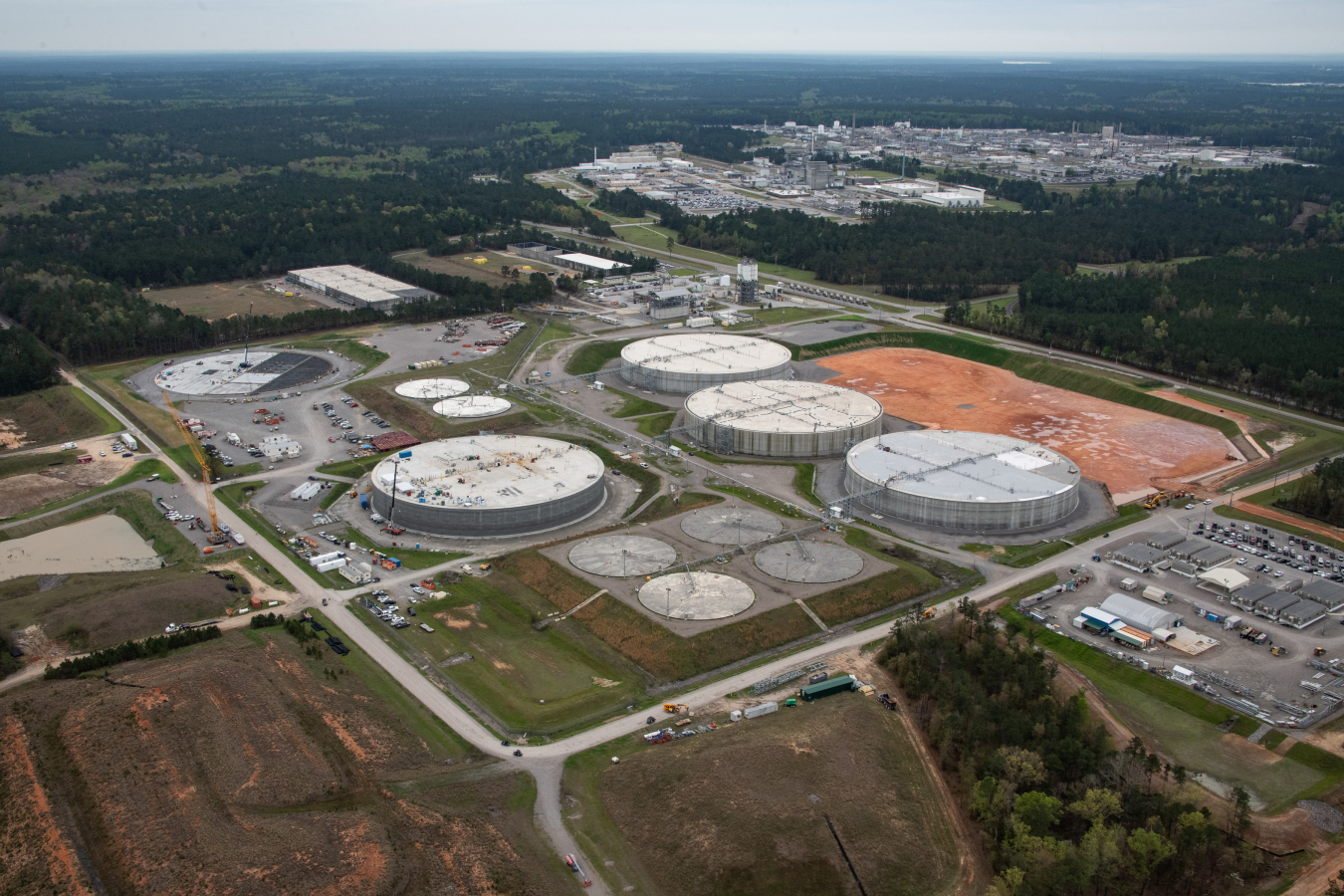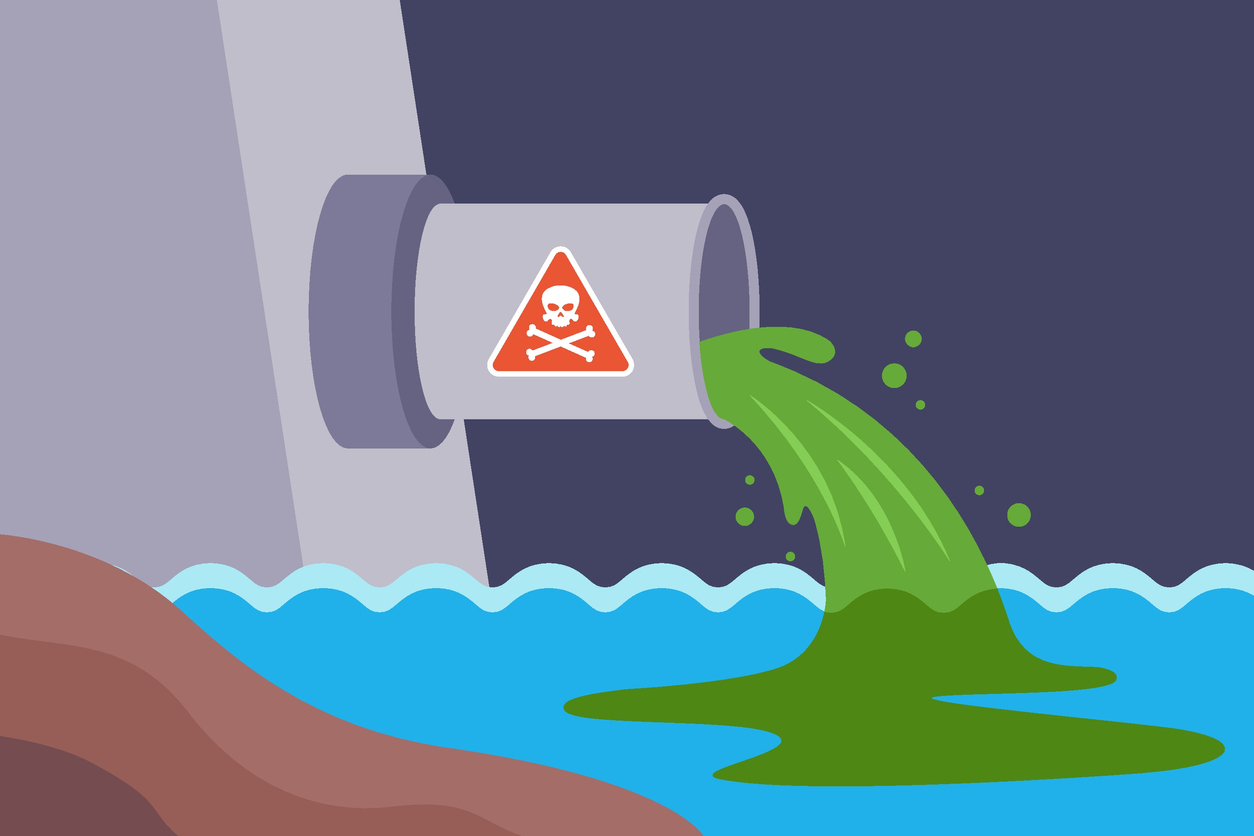Leading Industrial Wastewater Treatment Solutions: Guaranteeing Compliance and Efficiency
Leading Industrial Wastewater Treatment Solutions: Guaranteeing Compliance and Efficiency
Blog Article
Just How Fluid Garbage Disposal Functions: A Thorough Introduction of Methods and Technologies Used

Introduction of Fluid Waste Kind
The complexity of liquid waste kinds necessitates an extensive understanding of their characteristics and ramifications for disposal. Fluid waste can broadly be classified right into several types, consisting of commercial, metropolitan, agricultural, and hazardous waste. Each group exhibits distinctive residential properties, calling for certain administration methods to minimize environmental and health threats.
Industrial fluid waste stems from making procedures and commonly has a series of impurities, such as heavy metals, solvents, and organic substances. Municipal liquid waste, mainly consisting of wastewater from houses and commercial establishments, includes organic matter, nutrients, and virus (industrial wastewater treatment). Agricultural fluid waste, consisting of drainage from ranches, may contain fertilizers, pesticides, and animal waste, positioning dangers to water high quality and environments
Harmful fluid waste is defined by its poisoning, reactivity, or prospective to trigger harm. This category includes compounds like acids, bases, and particular chemicals that require stringent handling and disposal procedures. Understanding these varied fluid waste kinds is critical for establishing reliable disposal techniques and making certain compliance with environmental regulations. Proper category and characterization are necessary for carrying out proper treatment techniques and minimizing the adverse influences on public health and the environment.
Physical Therapy Techniques

Testing is the initial action, where bigger fragments and particles are removed from the fluid waste making use of screens or grates. In sedimentation tanks, much heavier bits resolve at the bottom, forming a sludge layer, while the cleared up fluid can be more treated.
Filtering is an additional essential technique that includes passing the fluid via permeable products, such as sand or membranes, to capture smaller particles. This action improves the quality of the fluid, making it suitable for subsequent treatment processes.

Chemical Treatment Techniques
Chemical treatment techniques are vital for successfully taking care of fluid waste, especially in addressing dissolved and colloidal pollutants that physical techniques may not properly get rid of. These techniques use numerous chemical agents to reduce the effects of, speed up, or transform harmful materials right into much less unsafe kinds.
One usual technique is coagulation and flocculation, where chemicals such as alum or ferric chloride are included to promote the aggregation of put on hold fragments. This procedure improves sedimentation, allowing for simpler elimination of the resulting sludge. Furthermore, oxidation processes, employing agents like chlorine or ozone, are utilized to damage down intricate organic compounds and virus, making the waste safer for discharge or more treatment.
Neutralization is an additional crucial strategy, which changes the pH you can try these out of acidic or alkaline waste streams to neutral degrees, protecting against prospective damage to downstream systems and the environment. Additionally, advanced oxidation processes (AOPs) make use of mixes of oxidants and ultraviolet light to degrade persistent pollutants, achieving a higher level of treatment efficiency.
Biological Treatment Procedures
Organic therapy processes play a critical function in the management of fluid waste by using microorganisms to disintegrate raw material and reduce impurity levels. These procedures can be broadly classified into anaerobic and cardio treatments, each utilizing specific microbial neighborhoods to achieve efficient waste degradation.
Aerobic therapy entails the use of oxygen to promote the break down of natural materials by germs. This procedure is typically applied in activated sludge systems, where oygenation tanks provide a helpful setting for microbial growth, resulting in the oxidation of natural pollutants. The resultant biomass can be separated from dealt with effluent through sedimentation.
In contrast, anaerobic therapy takes place in the absence of oxygen, depending on various germs to break down organic issue. This approach is particularly useful for high-strength waste, as it generates biogas, a renewable resource resource, while reducing sludge production. Technologies such as anaerobic digesters are often used in industrial and local applications.
Both anaerobic and cardio biological treatments not just minimize the environmental influence of fluid waste but likewise help with source healing, making them crucial components of lasting waste management strategies. Their performance, flexibility, and performance support their read this post here widespread implementation throughout various industries.
Emerging Technologies in Disposal
Ingenious strategies to liquid waste disposal are quickly advancing, driven by advancements in innovation and a boosting focus on sustainability. Amongst these arising technologies, membrane bioreactors (MBRs) have obtained grip for their capability to combine biological treatment with membrane filtration, causing high-grade effluent that can be recycled in numerous applications. MBRs make it possible for smaller impacts and a lot more efficient procedures contrasted to typical systems.
An additional encouraging growth is making use of anaerobic digestion incorporated with nutrient healing modern technologies, which not just deals with liquid waste yet likewise generates biogas and recuperates important nutrients like nitrogen and phosphorus. This dual advantage improves resource effectiveness and decreases environmental effect.
Additionally, progressed oxidation processes (AOPs) are being adopted for the destruction of intricate natural contaminants. These techniques utilize powerful oxidants and catalysts to damage down pollutants at the molecular level, offering a highly efficient remedy for difficult waste streams.
Additionally, the assimilation of expert system and artificial intelligence in waste administration systems is optimizing functional effectiveness and predictive upkeep, resulting in reduced prices and enhanced environmental conformity. These innovations mirror a significant change towards even more effective and lasting liquid garbage disposal practices.
Verdict
In conclusion, effective fluid waste disposal necessitates an extensive understanding of different strategies and modern technologies. By continually advancing these methods, it comes to be feasible to address the growing challenges associated with fluid waste, eventually adding to ecological defense and source recuperation.
Liquid waste disposal is an important facet of ecological monitoring, requiring a liquid waste removal melbourne detailed understanding of various techniques and modern technologies tailored to different waste types. Liquid waste can extensively be classified into a number of kinds, consisting of commercial, community, agricultural, and harmful waste. Agricultural liquid waste, including runoff from ranches, may have fertilizers, chemicals, and pet waste, posturing risks to water quality and ecosystems.
Various physical treatment methods play a vital function in handling liquid waste properly - industrial wastewater treatment.In verdict, reliable liquid waste disposal necessitates an extensive understanding of numerous strategies and technologies
Report this page